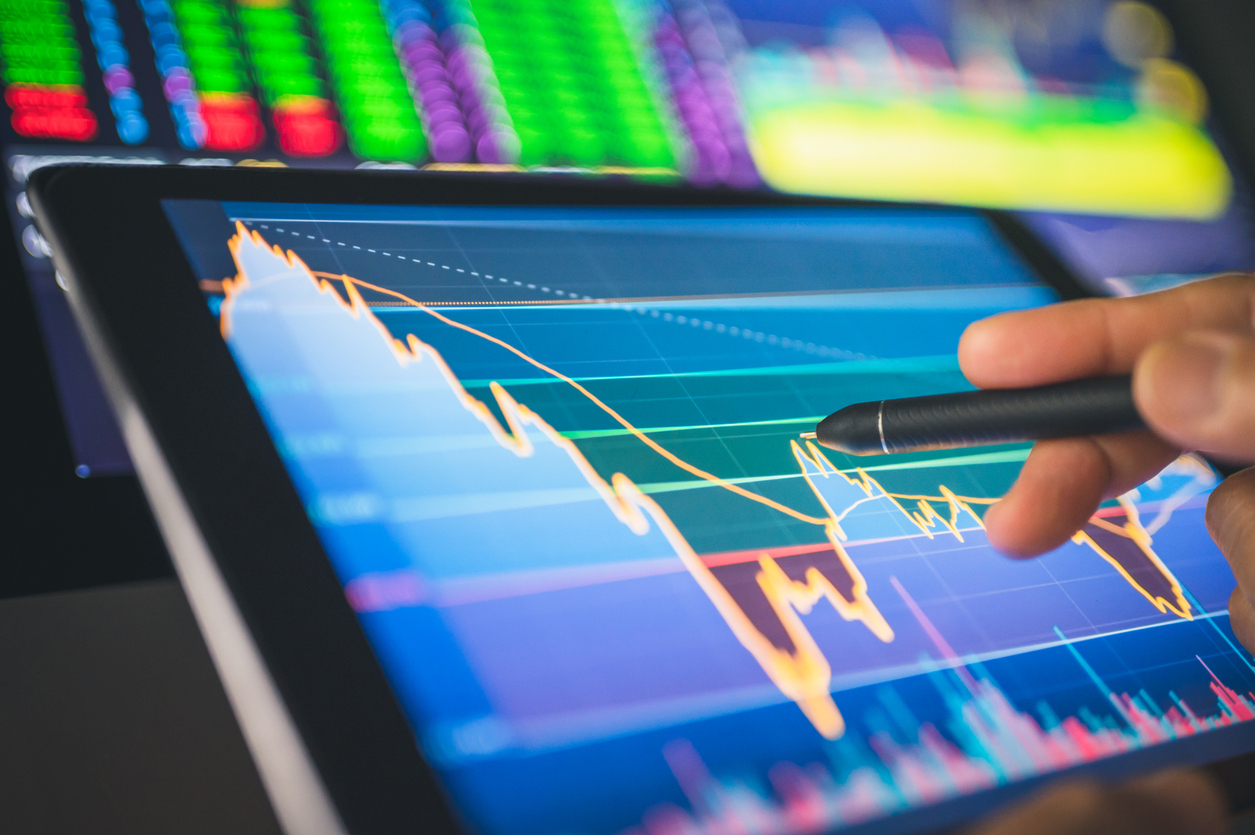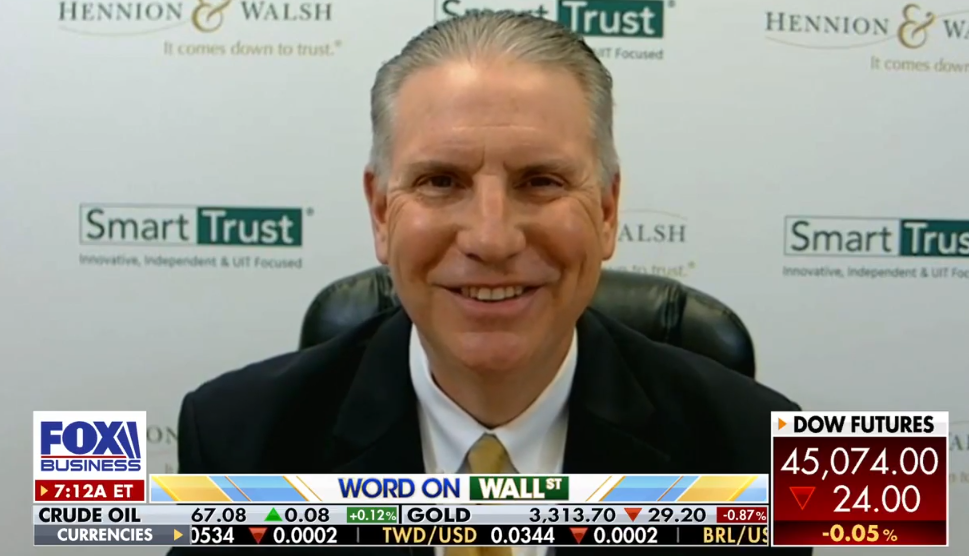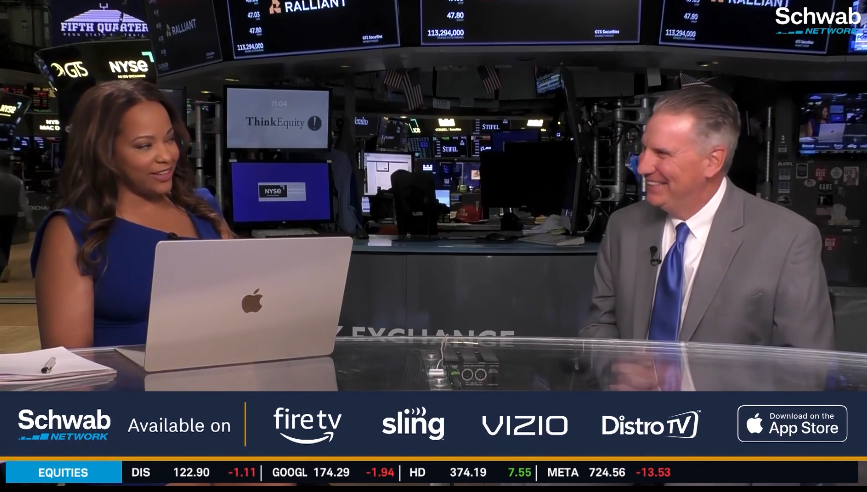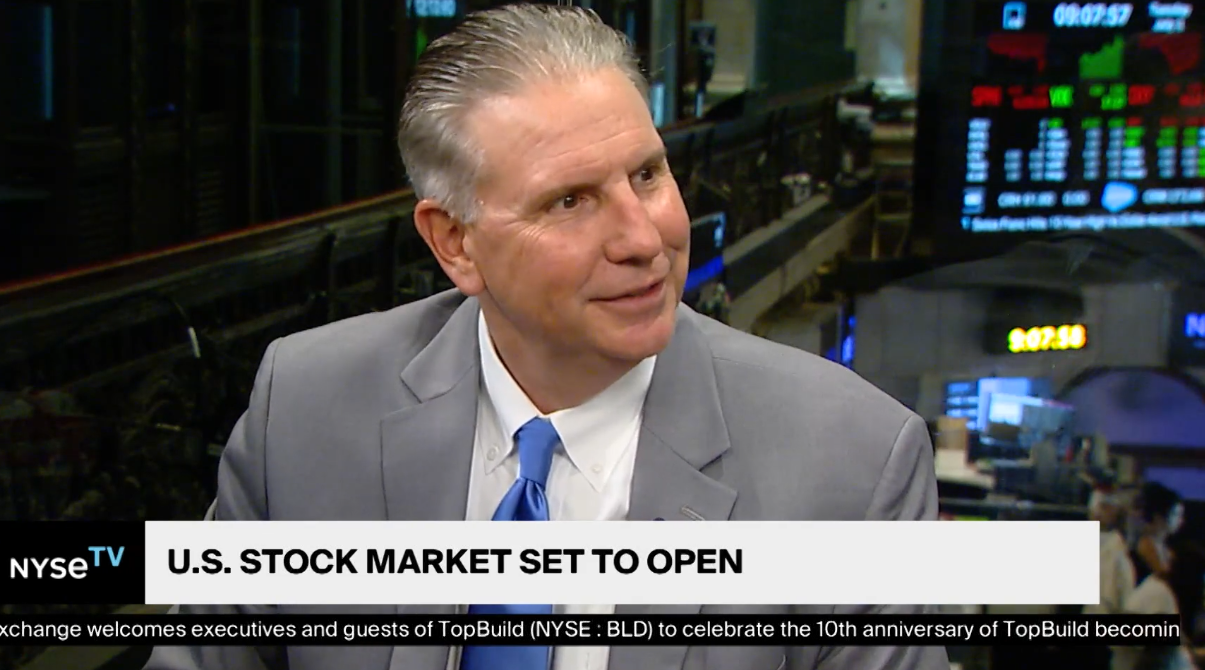
Market Volatility Returns

Global equity markets finished mixed for the week. In the U.S., the S&P 500 Index closed the week at a level of 5459, representing a decrease of 0.82%, while the Russell Midcap Index moved 0.01% last week. Meanwhile, the Russell 2000 Index, a measure of the Nation’s smallest publicly traded firms, returned 3.47% over the week. As developed international equity performance and emerging markets were lower, returning -0.95% and -1.56%, respectively. Finally, the 10-year U.S. Treasury yield moved lower, closing the week at 4.19%.
The choppy trading week was affected by several factors, including the first estimate of second-quarter gross domestic product (GDP), an update on the Fed’s preferred inflation indicator, and several corporate earnings reports. The conflicting data led to a return of market volatility, volatility that has been largely absent for 2024 and has been more muted overall. Consider that the S&P 500 experienced its first 2% daily drop of the year last week. Historically, a 2% daily drop occurs approximately six times per year, on average, going back to 1950, according to Carson Research.
The Bureau of Economic Analysis (BEA) released the first estimate for GDP for the second quarter of 2024 last Thursday. The results showed that economic activity was considerably stronger than expected during the second quarter, boosted by a strong consumer, government spending, and a sizeable inventory build. GDP increased at a 2.8% annualized pace, adjusted for seasonality and inflation. The consensus estimate had been 2.1%. In addition, personal consumption expenditures increased by 2.3%, with both services and goods spending showing solid increases for the quarter. However, it is important to note that Inventories were a major contributor, adding 0.82% to the total gain.
Last week, we also learned that the personal consumption expenditures (PCE) price index increased by just 0.1% for the month and 2.5% for the year (down from 7.2% two years ago), which were in line with consensus estimates. The FOMC relies heavily on the PCE as a measure of inflation. Core PCE inflation, which excludes food and energy, reported a monthly increase of 0.2% and 2.6% on an annual basis, both also in line with estimates. These results support the market’s belief that the FOMC will begin cutting interest rates soon – perhaps following their September meeting, although they are scheduled to meet again this week with no meeting scheduled for the month of August.
The last factor from last week that we will discuss is second-quarter corporate earnings. As reported by FactSet, as of July 26th, 41% of the S&P 500 companies have reported second-quarter results. The reporting companies have demonstrated positive results, with 78% reporting a positive earnings per share (EPS) surprise and 60% reporting a positive revenue surprise compared to consensus analyst estimates. Earnings growth, a key characteristic in performance, was also robust for many of the reporting companies. The earnings growth rate for reporting companies for the second quarter is currently 9.8%. If the remaining S&P 500 companies can maintain this level of earnings growth, it will mark the highest growth rate since the fourth quarter of 2021. Looking ahead, some large-cap technology-oriented companies, such as Microsoft, Apple, and Amazon, are scheduled to report earnings this week, and their results could certainly sway markets and influence investor confidence.
Best wishes for the week ahead!
GDP Data is sourced from both the Bureau of Economic Analysis. PCE data is sourced from the Commerce Department. Corporate earnings Data is sourced from FactSet. Economic Calendar Data from Econoday as of 7/26/24. International developed markets are measured by the MSCI EAFE Index, emerging markets are measured by the MSCI EM Index, and U.S. Large Caps are defined by the S&P 500 Index. Sector performance is measured using the GICS methodology.
Disclosures: Past performance does not guarantee future results. We have taken this information from sources that we believe to be reliable and accurate. Hennion and Walsh cannot guarantee the accuracy of said information and cannot be held liable. You cannot invest directly in an index. Diversification can help mitigate the risk and volatility in your portfolio but does not ensure a profit or guarantee against a loss.



